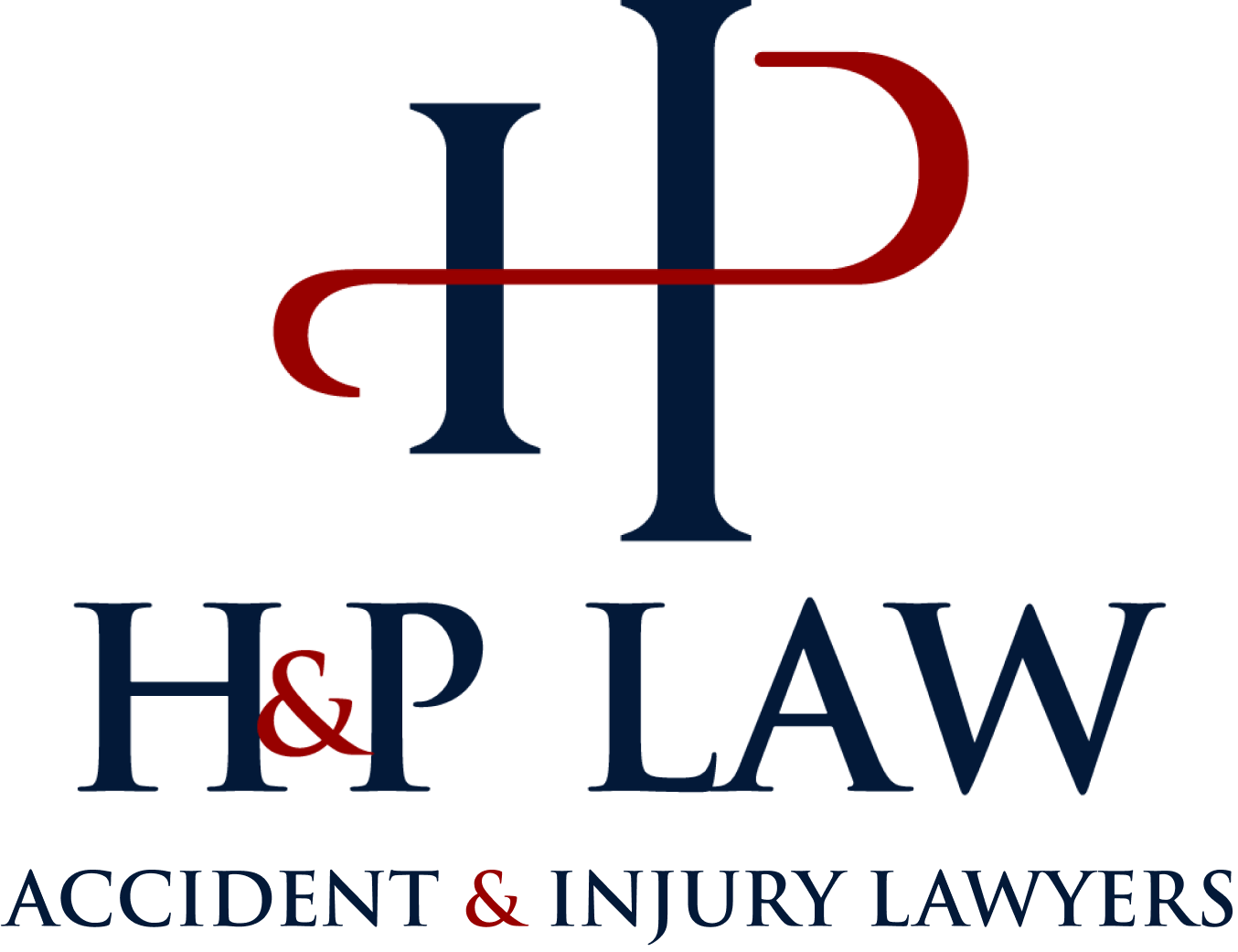Assault and battery cases involve intentional actions or harm inflicted on one person by another. These types of personal injury lawsuits included a combination of threat and physical harm.
The two terms are often used interchangeably; however, they mean two very different things in the eyes of the law.
What is Assault?
Assault is the threat of physical bodily harm or violence that causes fear in another person. Each state’s law defines assault differently, but for the most part it is considered the threat of violence.
Since the threat alone is the harm done, even if you aren’t actually hurt, but you thought you were going to be hurt, that is enough.
What is Battery?
When a person follows through with a threat (assault) and makes physical contact with someone in a way that is either harmful or offensive, they’ve committed a battery. A battery occurs whenever a person is touched, groped or injured intentionally without the victim’s consent.
Why the confusion between the two?
Assault and battery typically go hand in hand in a personal injury lawsuit. The ever popular bar fight example explains it quite nicely.
Let’s say you get into a heated argument with another bar patron, exchanging insults, threats and overall nasty words. The verbal disagreement then turns physical and punches are thrown. The anticipation of being hit (assault) combined with the blow to the face (battery) round out the charge for both assault and battery.
If someone swings at you and misses, that’s just an assault. On the other hand, if they hit you from behind and you don’t see it coming, that’s just a battery.
Assault and battery are crimes and torts, meaning you could be prosecuted by the state or sued personally by the victim.
If you would like more information about assault and battery or believe you may have a case give us a call at H & P and we can help you get justice.
Also, we recommend you not commit assault or battery. It’s criminal, it’s tortious, and it’s impolite.
Zachariah B. Parry is an attorney and founding partner at the law firm H & P and is an adjunct professor who teaches torts, contracts, and Nevada practice and procedure for UNLV’s paralegal program. He can be reached at 702-912-4451.




